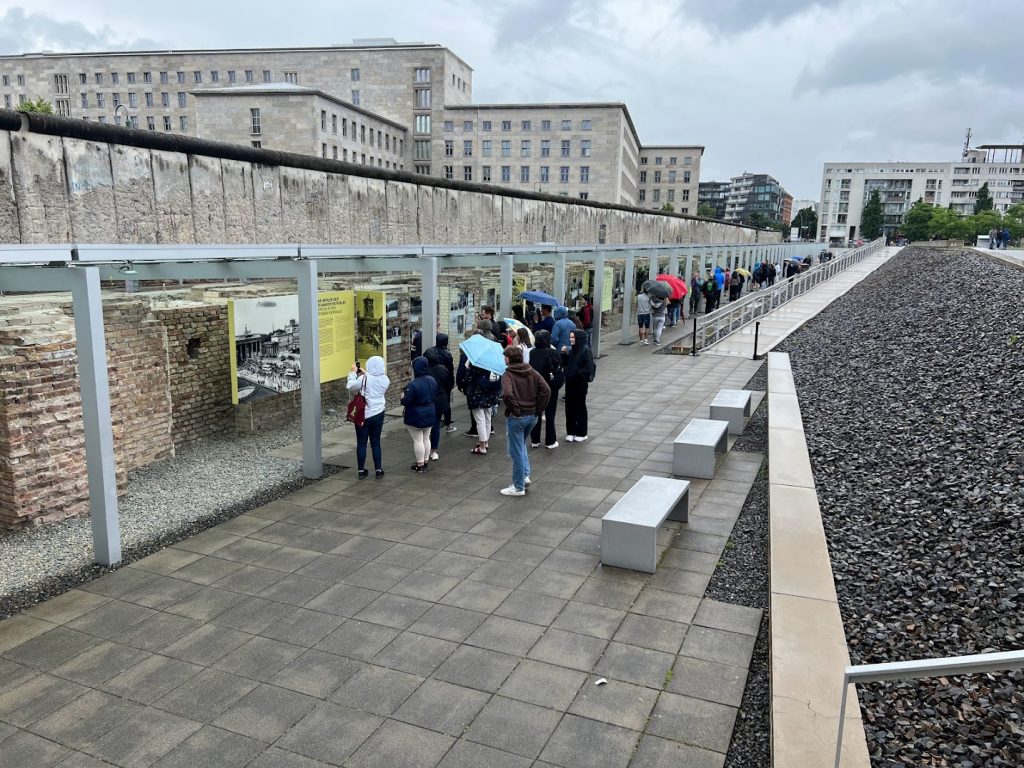Jaime Festa: I sit on the board of directors for the Lake Havasu History Museum. We will be working with the Martin-Springer Institute to bring their traveling exhibit about youth and resistance in Będzin, Poland to our museum. Not only will this be an opportunity for our students to interact with the exhibit, but also the adults in our community. Helping students understand how young people were impacted and shaped by the Holocaust is important for students as they make sense of the Holocaust and work to ensure that events like it cannot happen again.
Jeffrey Mann: I don’t really know yet. I haven’t gotten to that stage in processing/applying the lessons I took from the experience. I suppose a few things rise to the surface though.
- I know that I will incorporate more survivor accounts/literary sources into our treatment of the Holocaust than I have in the past. Doing so is worth the limited curricular time.
- I want more. I stepped back from these kind of professional development opportunities about 10 years ago for various reasons, but those reasons have passed. Moving forward, I will pursue them again as they arise.
- I will try to add a genocide studies/Holocaust studies class to our school’s course catalogue. With pedagogical guidance and some additional materials, I believe I could make that class work as an elective that would resonate with our student population.
- I’ll continue to encourage my students to learn through traveling and to facilitate their efforts to do so.
Laura Romero-Ballesteros: I have a wealth of new information and individual stories to share with my students as well as numerous photographs of locations, artifacts and museum captions to use in helping to effectively teach my students. I plan on using excerpts from both books and various individual stories to read to my students as well as the photos and short videos I took exploring the various sites and explaining to them what I felt walking on the grounds where thousands of people were forced to work and die just for their religious or personal beliefs. I hope to use this unique experience to provide my students with a wealth of information for them to understand the importance of empathy and understanding of those who are different from them and be acceptable.
Katharine Scholler: The most important goal in my teaching is building empathy and critical thinking. This trip provided me with a wealth of knowledge that will add depth to their learning of the Holocaust and help them make connections to their lives today. I feel that I can better answer questions and develop questions for students. I want to center the memoirs of Doris and Edward in conjunction with photos and materials from the trip, to allow them to feel more intimately what Holocaust victims experienced and how lives were impacted. I was also thinking that it would be great if I could possibly set up a virtual meeting with students and one of the guides we had on the trip, to give them a part of that experience as well. I would also use these memoirs to develop group discussions that have them ask questions of themselves, their peers and the greater society to dissect how this genocide happened and what steps have to be taken to prevent it from happening again. I look forward to meeting again with the other educators on our trip to brainstorm more ways to incorporate this experience into the classroom.
I am taking a leave of absence this year to go back to school. Therefore, I will be unable to implement this in my classroom this year. In the meantime, I plan to share all my trip notes and photos with the other teachers in my department. I would also like to teach a professional development course, once I have formulated these ideas into more concrete plans, to share those with my district for widespread use.
Amanda Johnson: The experience of this journey will reflect in all aspects of my teaching—helping my students to make humane choices and develop into responsible, benevolent global citizens.



